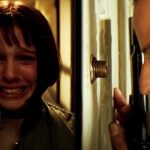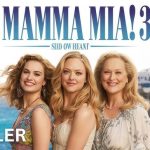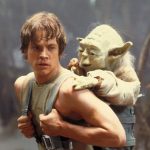Back to the Future (1985)
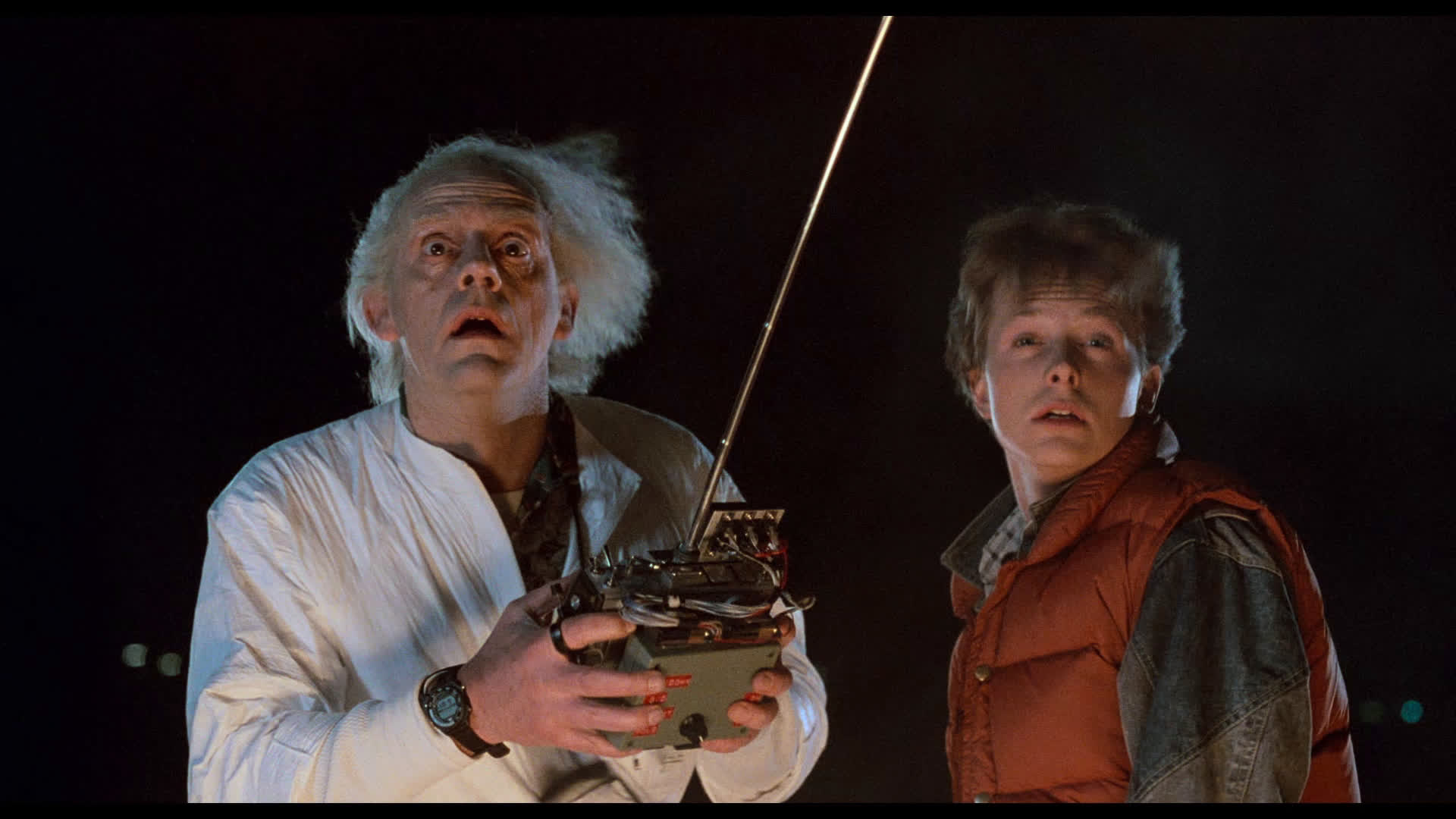
Chaos and Chuckles: Back to the Future Unleashes Zemeckis’s Timeless Adventure
Back to the Future, released July 3, 1985, by Universal Pictures, is a $19 million time-travel romp that grossed over $389 million worldwide, cementing itself as a pop-culture titan. Directed by Robert Zemeckis and co-written with Bob Gale, it stars Michael J. Fox as Marty McFly, a skateboarding teen from Hill Valley, 1985. When his eccentric pal Doc Brown (Christopher Lloyd) unveils a DeLorean-turned-time-machine, powered by plutonium and a flux capacitor, Marty’s zapped to 1955 after Libyan terrorists attack. There, he disrupts his parents’ meet-cute—Lorraine (Lea Thompson) falls for him instead of George (Crispin Glover)—sparking a chaotic race to fix history before he fades away. It’s a high-wire act of sci-fi and slapstick that snagged an Oscar for sound editing.
Zemeckis’s magic is in the chaos—time paradoxes pile up as Marty meddles, from knocking out Biff (Thomas F. Wilson) to staging a UFO scare for George. The script’s airtight; every 1985 gag (Pepsi Free, Tab) pays off in 1955. Chuckles abound—Marty’s “Johnny B. Goode” shredding stuns a sock-hop, Doc’s “Great Scott!” punctuates every jolt. Shot across California—Courthouse Square in Universal’s lot doubled as Hill Valley—it’s a nostalgic blast, its DeLorean doors iconic. Critics adored it; Roger Ebert called it “ingenious,” its 96% Rotten Tomatoes score a testament to its charm. Adjusted for inflation, it’s a billion-dollar hit—a chaotic, hilarious ride that still revs engines.
The pacing’s a marvel—118 minutes zip by, balancing 1985’s punk vibe with 1955’s malt-shop innocence. Zemeckis threads stakes (Marty’s fading photo) with heart (George’s redemption), making it more than a gimmick. It’s chaos with purpose, chuckles with soul—a timeless adventure born from a wild “What if?”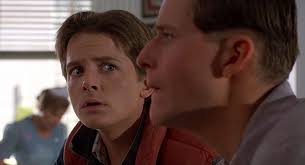
The cast is Back to the Future’s spark, igniting its chaotic comedy. Michael J. Fox, stepping in after Eric Stoltz’s exit, is Marty—wise-cracking, quick-footed, all boyish charm. His “This is heavy!” and skateboard chases make him the perfect everyman; Variety hailed his “irresistible energy.” Christopher Lloyd’s Doc Brown is a wild-eyed genius—hair like Einstein, voice a manic yelp. His “1.21 gigawatts!” and frantic plutonium rants are pure chuckles, earning a Saturn nod. Their chemistry—Marty’s cool, Doc’s crazy—drives the film, a buddy duo for the ages.
Lea Thompson’s Lorraine flips from 1985’s boozy mom to 1955’s flirty teen, her “Marty, you’re so… Calvin Klein” a giddy twist. Crispin Glover’s George, a nerd turned hero, shines—his “Get your damn hands off her!” pivot is electric, though he’s quirkily stiff. Thomas F. Wilson’s Biff is a bully masterpiece—his “Hello? McFly?” taunts land every laugh, his manure dunk a chaotic payoff. Supporting bits—James Tolkan’s snarling Principal Strickland, Billy Zane’s goon—add flavor. Zemeckis lets them play—Marty’s Darth Vader bit, Doc’s “Roads? Where we’re going, we don’t need roads”—making the chaos a riot. Empire praised their “perfect pitch,” though Glover’s oddity occasionally jars. They’re the heartbeat of this timeless trip.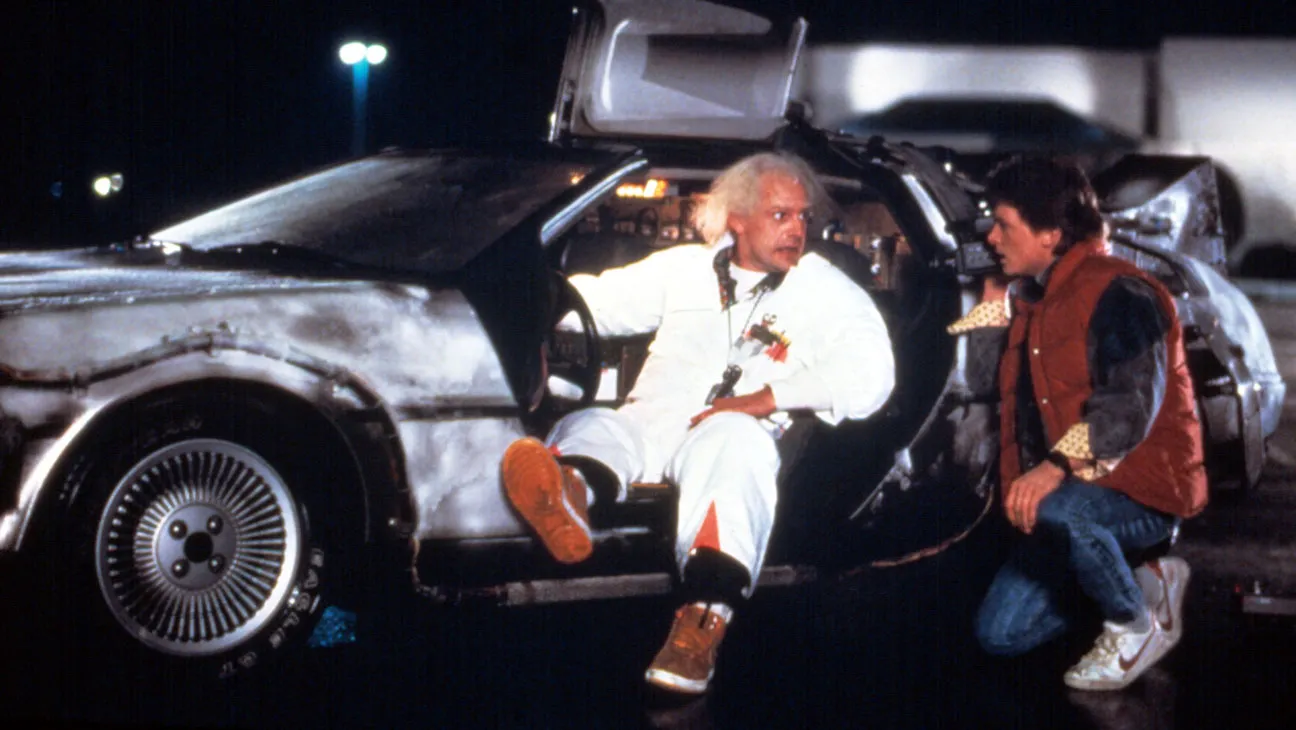
Visually and sonically, Back to the Future is a chaotic joyride, polished to a 1985 sheen. Dean Cundey’s cinematography turns Hill Valley into a dual-world marvel—1985’s graffitied decay versus 1955’s pastel glow. The DeLorean’s gull-wing doors and fiery tire trails, shot with ILM’s magic, are cinematic gold—its 88 mph leap a thrill. Action pops—Marty’s skateboard escape, the clocktower lightning strike (rigged with real sparks)—all practical, per AV Club’s “analog brilliance.” The chaos peaks as Doc slides down a wire, Marty floors it—every frame a rush.
Alan Silvestri’s score soars—brassy horns and strings that swell with adventure, earning an Oscar nod. Huey Lewis’s “The Power of Love” and “Back in Time” (No. 3 and No. 8 on Billboard) blast 80s pop, while “Johnny B. Goode” rocks 1955—Chuck Berry approved. Sound design—zapping flux capacitors, Biff’s grunts—won an Oscar; Rolling Stone called it “pulse-pounding.” Chuckles shine—Doc’s “Gigawatts??” mispronunciation, Marty’s “Ernie McFly” alias—but the chaos rules, a sonic-visual blast. Flaws? The Libyan subplot dates it, and 1955’s sheen feels glossy. Still, it’s a time capsule that roars.
Back to the Future’s strength is its chaotic brilliance—a sci-fi comedy that’s tight as a drum. Fox’s star turn, Lloyd’s lunacy, and Zemeckis’s clockwork script (Oscar-nominated) are flawless; Time dubbed it “pure exhilaration.” The stakes—Marty rewriting his family—blend with laughs (Biff’s “Make like a tree and get outta here!”), a rare feat. Production hurdles—Stoltz’s recast, Spielberg’s push—forged a gem; its practical effects (no CGI) dazzle, per The Guardian’s “ingenious craft.” Chuckles—like Marty inventing rock ‘n’ roll—keep it buoyant, a joyful chaos.
Weaknesses? Lorraine’s crush on Marty skirts creepy—BBC’s Mark Kermode winced—and George’s arc feels pat. The 1985-to-1955 logic bends (why no younger Marty?), but fans forgive; Metacritic’s 87/100 shrugs it off. Legacy-wise, it’s colossal—two sequels, a trilogy box-office champ, and endless quotes (“Roads?”). At 9.5/10, it’s a chaotic, chuckle-filled masterpiece—Zemeckis’s gift to time-travel lore. For kids of the 80s or newbies, it’s a must; a flux-capacitor ride that never stalls.
